December 2023
Long-standing stereotypes about Kansai (Western Japan) folks run as follows: Kyoto-ites spend their money on clothes, Kobe people on shoes, and Osakans blow all their cash on food.
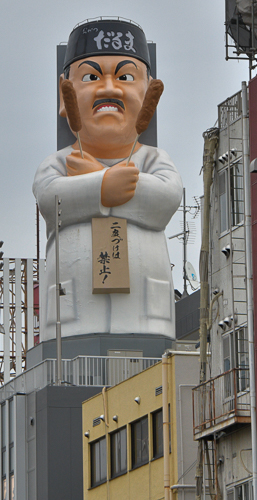
If this trip is any indication, that is very true. There are several food areas in Osaka, and they are as entertaining as they are filled with delicious food.

The signage is as delicious as the food.
Shinsekai
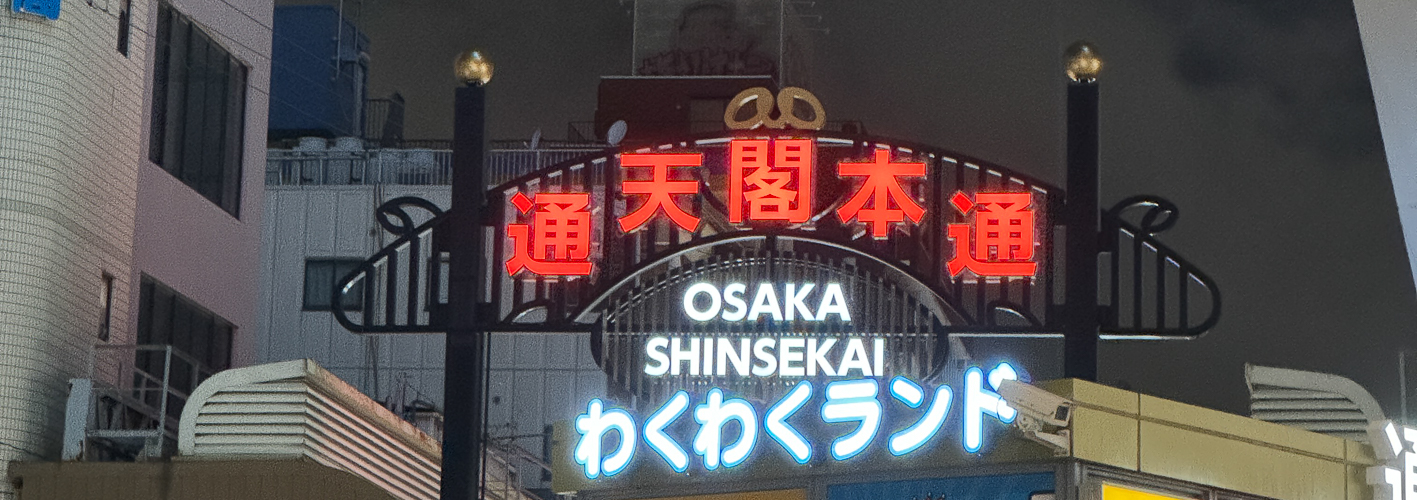
Shinsekai is a very old neighborhood in the “Minami” area of Osaka. It was created in 1912 with New York (specifically, Coney Island) as a model for its southern half and Paris for its northern half. Luna Park amusement park operated here from 1912 until it closed in 1923. The centerpiece of the neighborhood was and is Tsutenkaku Tower, the “tower reaching to heaven”.
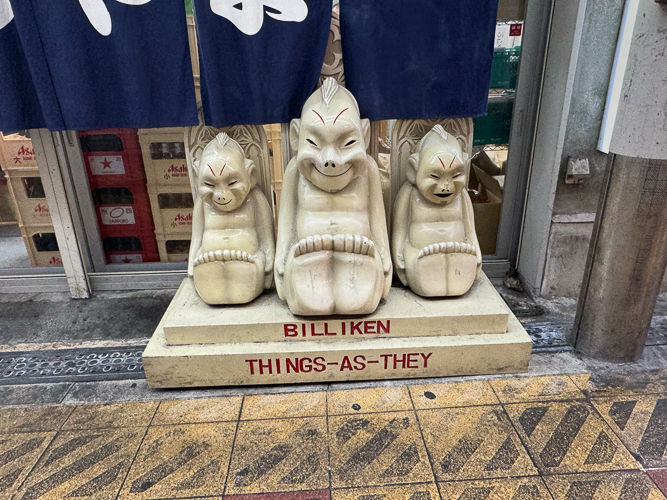
There are several of these “Billiken” all throughout the Shensekai food district of Osaka.
Billiken is a ‘god’ – specifically, he’s the ‘God of the Way Things Ought to Be.’
The reason for this “god” is mired in the unknown. The figure was originally created by an American art teacher and illustrator, Florence Pretz of Kansas City, Missouri, who is said to have seen the mysterious figure in a dream. It’s said that the first Billiken came to Osaka as an exhibit representing America in the Luna Park theme park that was built in Shinsekai in the early 1900s. From there, the trail is murky at best, but you will find them everywhere in Shensekai.
Tsutenkaku Tower
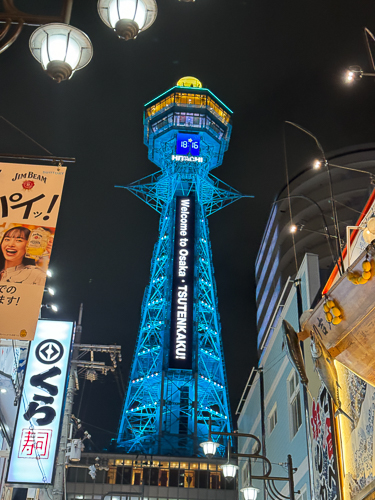
The current Tsutenkaku tower is the second to occupy the site. The original tower, patterned after the Eiffel Tower and the Arc de Triomphe, was built in 1912 and was connected to the adjacent amusement park, Luna Park, by an aerial cable car.
The original structure suffered a fire in 1943, which severely damaged it, and rather than repair the structure, it was disassembled, and the steel was used for the war effort.
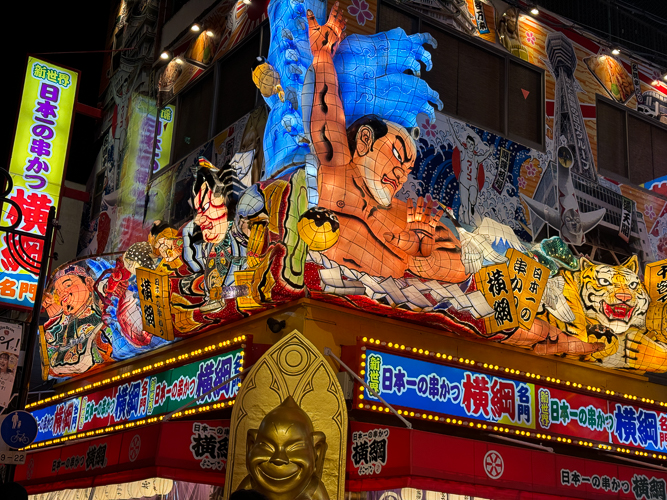
This area is edgy but safe. It is considered the most dangerous area in Osaka if there even is such a place in Japan. However, it is where Japanese homeless men, running away from the stigma of homelessness in their own hometowns, do tend to congregate.
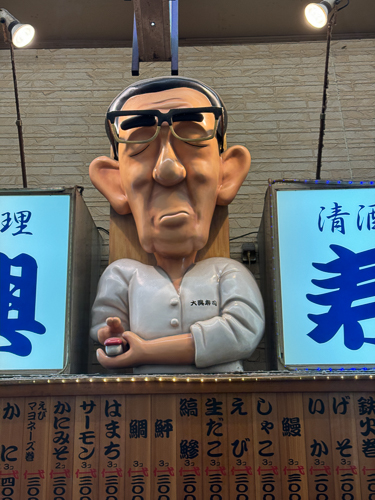
*
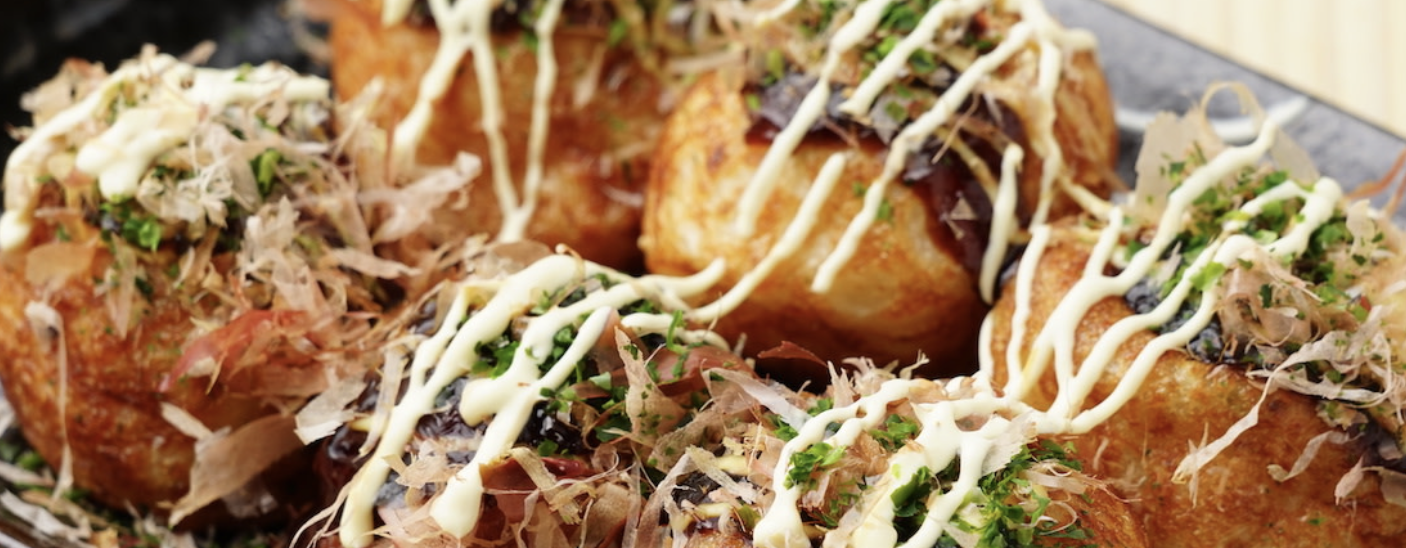
Taking pictures of food has never been my thing, but if there’s one food that’s entirely associated with Osaka, it’s the fried and diced octopus balls known as takoyaki.
The best way to understand and enjoy the food of Shensekai is a food tour. There is just too much to take in on one’s own.
As I mentioned, I am not one to take photos of food, but the signage and the street life are another thing.
Dotonbori
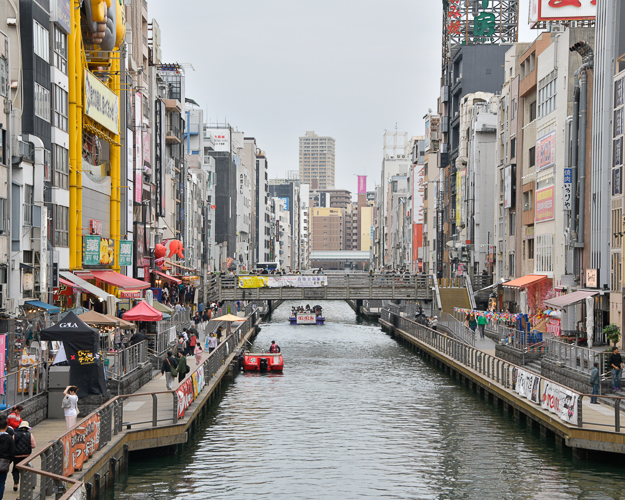
Dotonbori is known as one of Osaka’s principal tourist and nightlife areas. The area runs along the Dōtonbori canal from Dōtonboribashi Bridge to Nipponbashi Bridge. Historically a theater district, it is now a popular nightlife and entertainment area characterized by its eccentric atmosphere and large illuminated signboards.
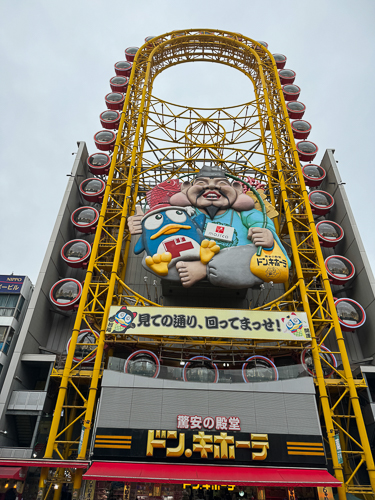
Ebisu Tower
Ebisu Tower is a Ferris wheel built into the facade of the Dotonbori Don Quijote store. Don Quijote stores are an experience of cheap goods, overwhelming music, lights, action, and insanity. Ebisu is the god of fishermen and luck.

This is the home of the famous kushikatsu, (deep-fried skewered meats and vegetables. Their mascot is Daruma an ‘angry’ man holding two skewers in the shape of an X. Crossing your arms like an X is a Japanese way of signaling the word “no”. The angry man is telling all of his customers the cardinal rule of eating kushikatsu: under no circumstances should you ever double-dip your skewer into the tangy black sauce.

A long line for Takoyaki
 *
*